SAN FRANCISCO -- Big dealerships are here to stay.
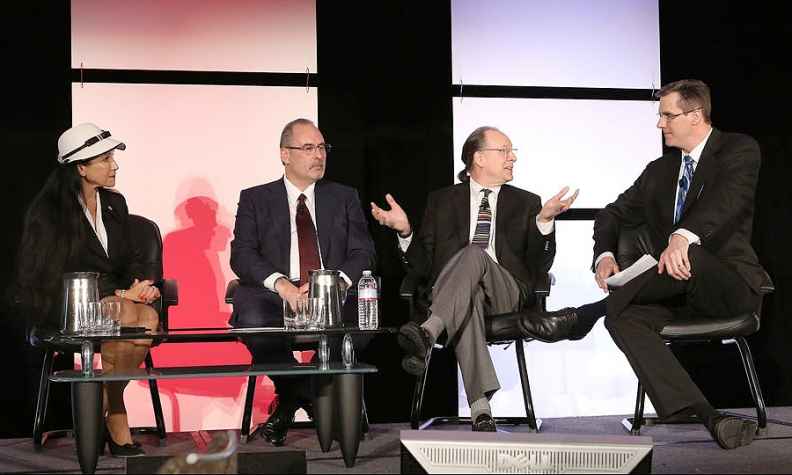
That was the assessment of retailers talking about the dealership of the future at the Automotive News Retail Forum.
Rita Case, vice chairman of Rick Case Automotive Group, said her Fort Lauderdale, Fla.-based dealership group is building dealerships with more amenities and larger waiting areas -- even restaurants. It's all about answering customer demands, she said.
"When people come, they really want to buy today," Case said. "So we're building our dealerships to have the inventory on-site, and we're building them in stories so all our inventory is inside."
Another panelist, Don Forman, president of Forman Automotive Inc., said providing top-notch customer service will ensure the longevity of the big-dealership model. But the configuration likely will change, with service departments taking up more of the facility's footprint going forward.
"If the goal is customer experience, I think you run into a lot of issues trying to cram that into a small space," said Forman, who operates Nissan dealerships in Las Vegas and California.
Bill Hartman, design director at architectural firm Gensler, which helps automakers develop dealership designs, said he's seeing differentiation occurring.
"The size of the store depends greatly upon location, how it meshes with the programs and strategies of the individual brand," Hartman said. "The tendencies of some stores to get closer to customers in urban areas, akin to brand centers, means a smaller footprint, potentially because of higher real estate costs, potentially aided by technology."
Bridging the divide between the online world -- clicks -- and the physical dealership -- bricks -- is one of the most important challenges for retailers and manufacturers as they consider the dealership of the future.
Hartman called the online experience "the most important piece of evolution in the customer journey in the last 10 to 15 years."
"If the brick-and-mortar experience fails to achieve that level of positive customer experience, then the store has done a very big disservice, and the consumer goes elsewhere," he said.
But that in-dealership experience shouldn't be just about speed, Forman said: Not all customers want to come in and buy a car in 30 minutes. At his Las Vegas dealership, some transactions can take two to three hours, but about 60 percent of customers come back for service work.
Case said her group has focused on creating its own brand promise to persuade customers to go to its dealerships. The Rick Case websites don't list actual vehicle prices, only the manufacturer's suggested retail price. But they do emphasize the benefits the dealerships offer to buyers: free car washes, discount gasoline, doubled factory warranties.
Ultimately, the dealership of the future will be more about changing the sales process than the facilities themselves, Forman said.
"Within the facility, we have to change the mindsets of the people who are consumer-facing and improve the experience," he said. "There is loyalty still in the car business for customers. You've got to give them a reason to come back."
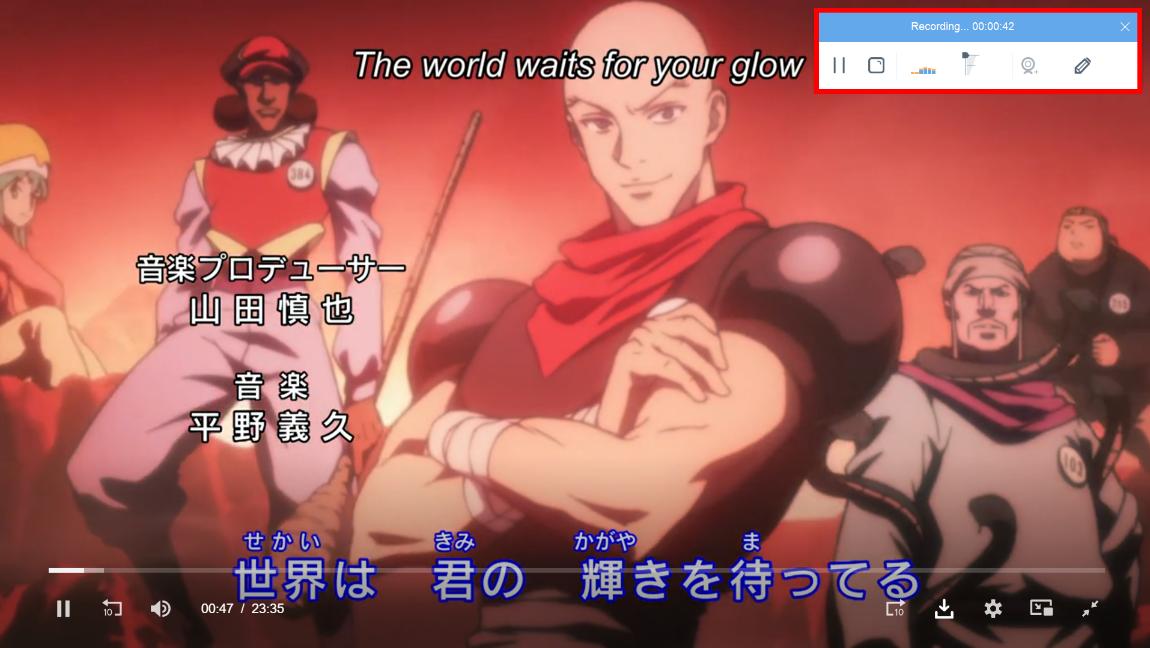
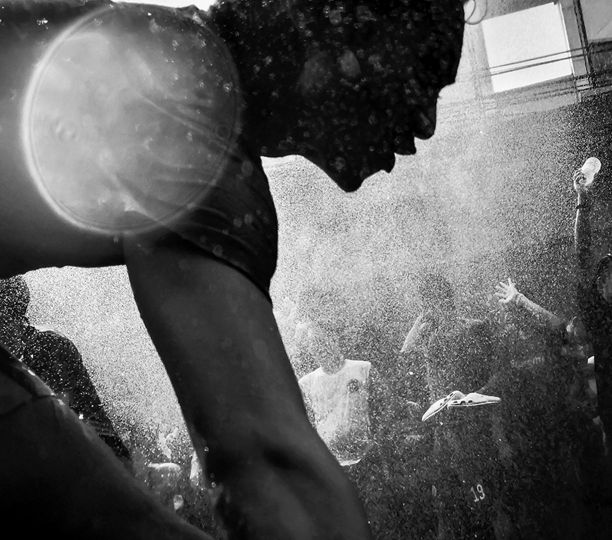
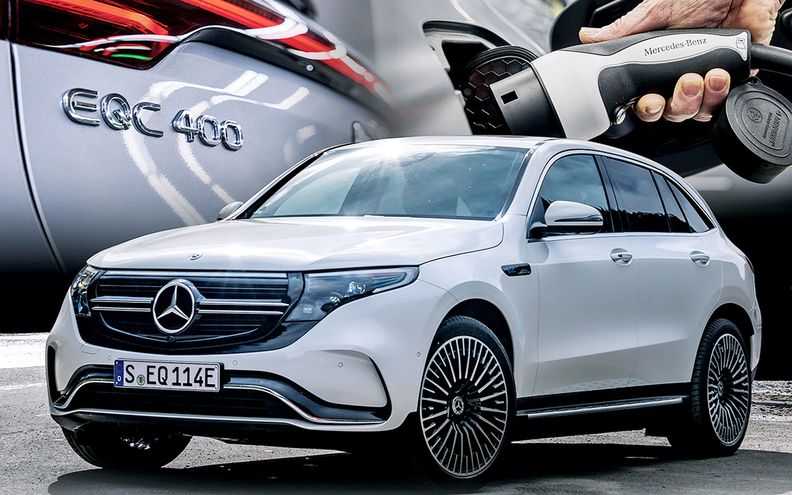
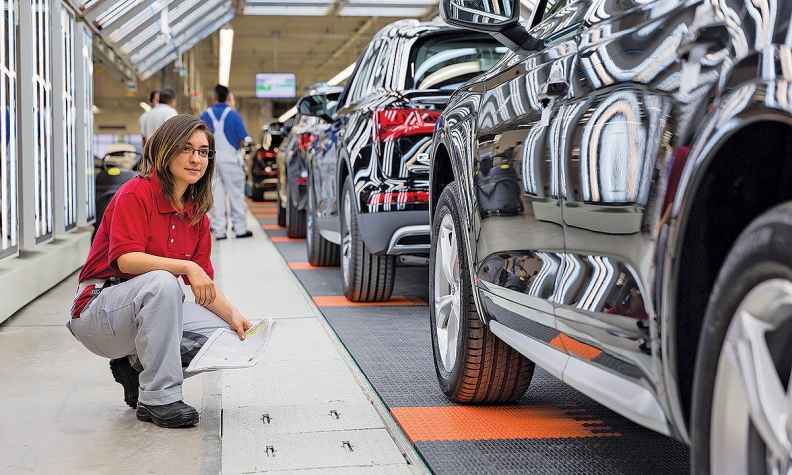
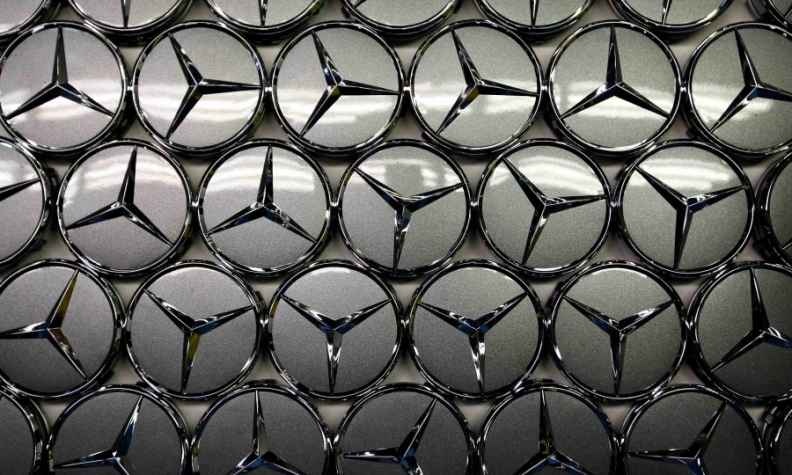
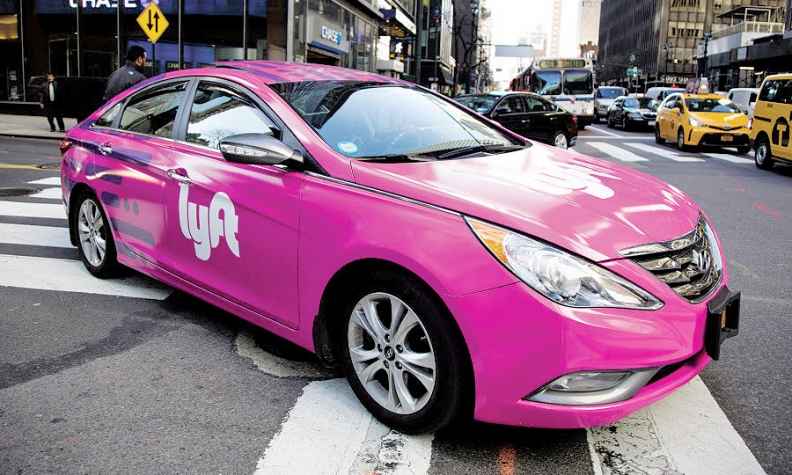
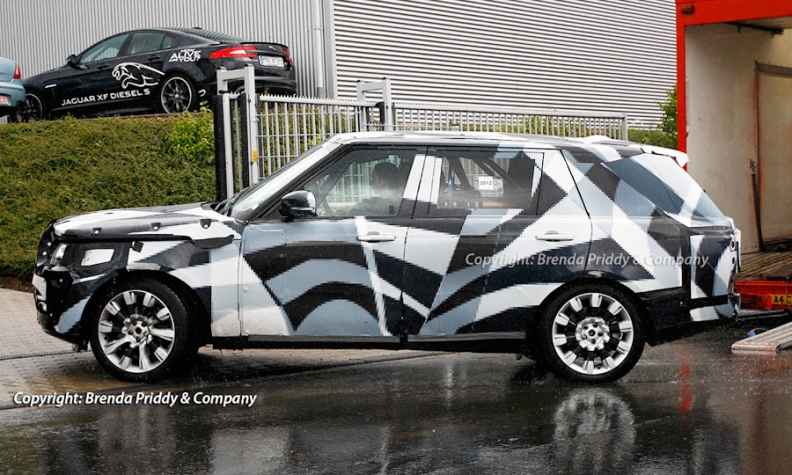
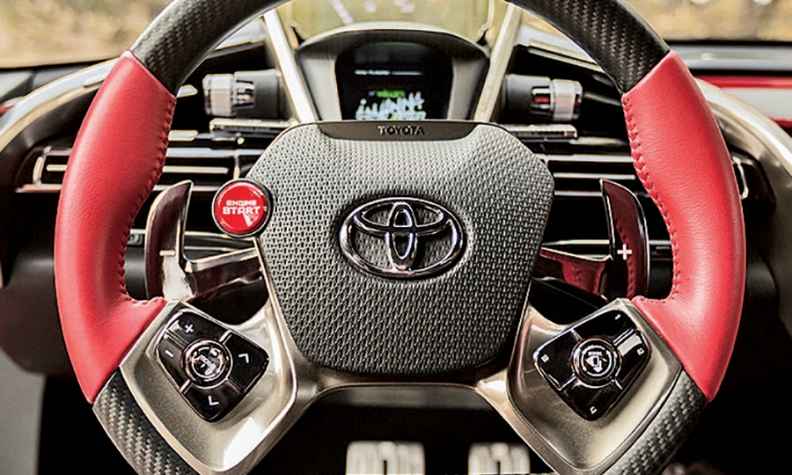
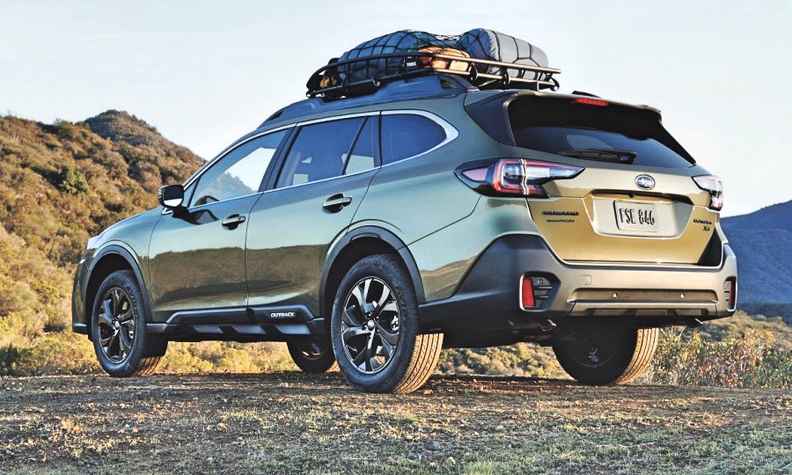
Post your comment